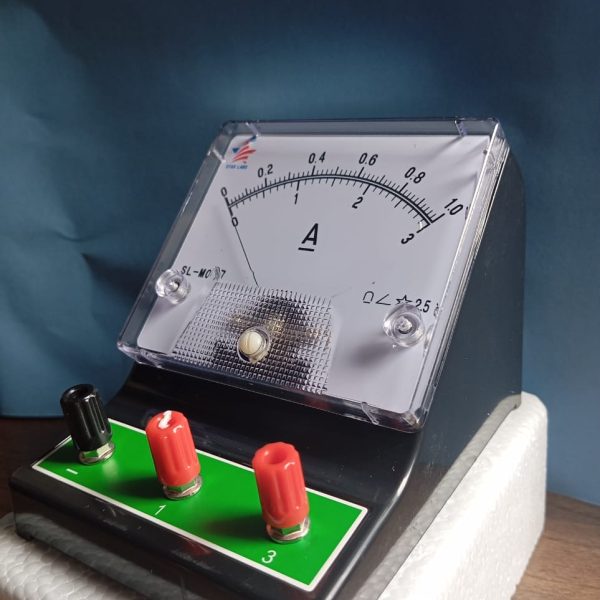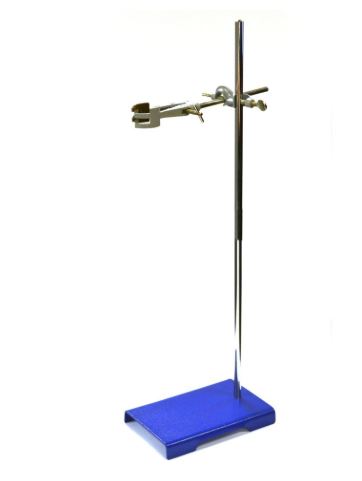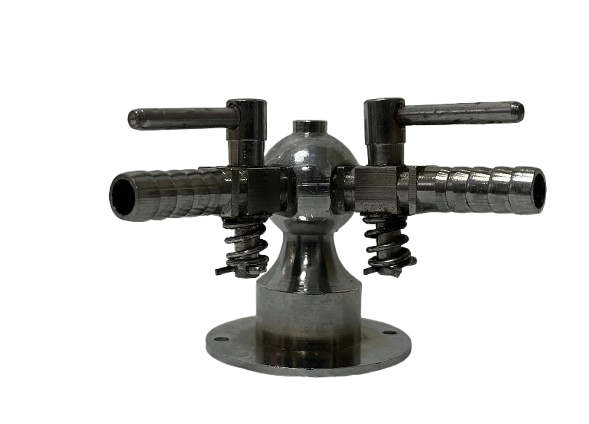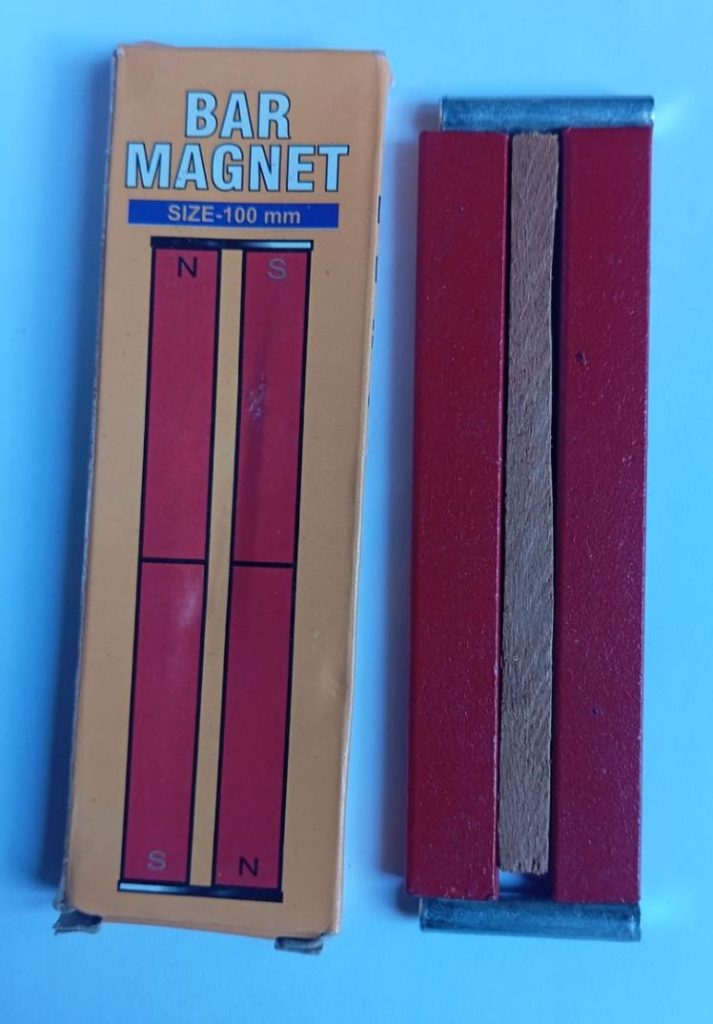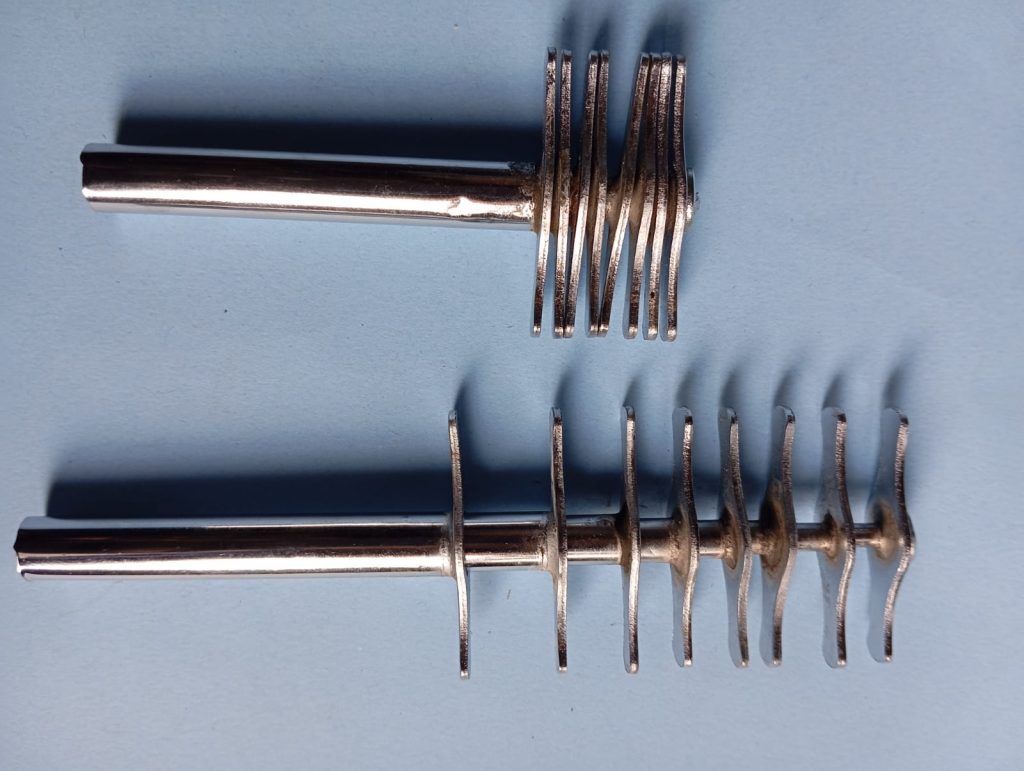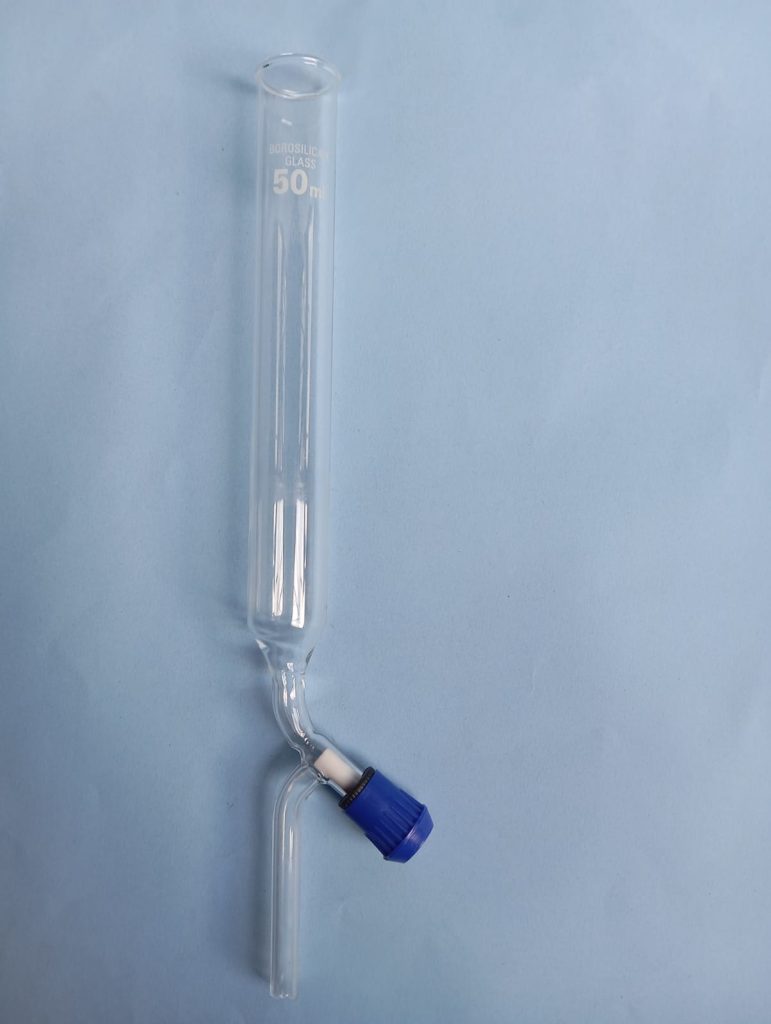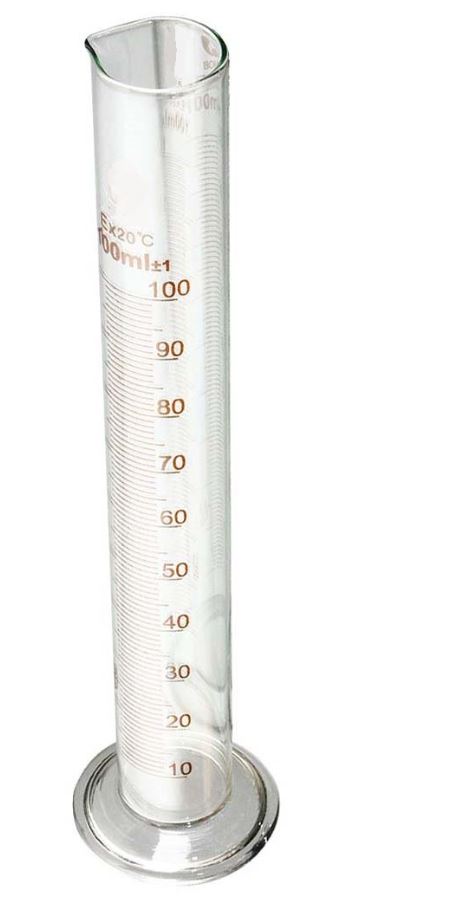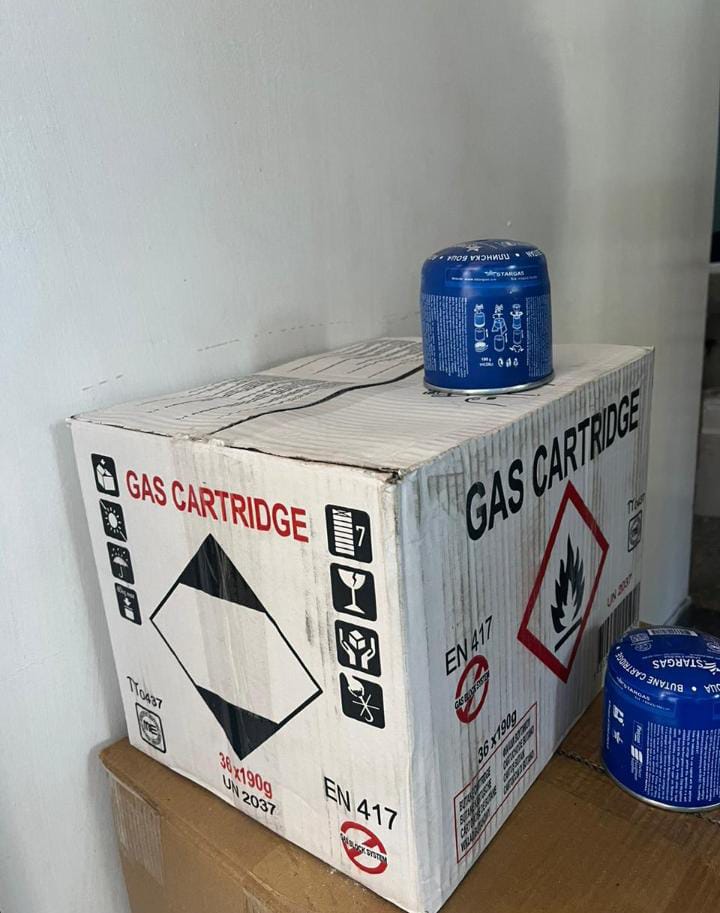Laboratory Gas Tap 2 way prime
Description:
-
Design: The 2-way gas tap features a valve mechanism that allows the user to control gas flow through two different outlets. This design is especially useful for controlling the flow of gases to two separate devices from a single source, or for switching between different gas lines.
-
Material: Typically made from brass or stainless steel for durability and resistance to corrosion. Some models might have plastic or rubber seals to prevent leaks.
-
Prime Functionality: The prime function refers to the ability of the tap to quickly initiate or increase the gas flow, making it easier to start a gas-powered device like a Bunsen burner or other equipment requiring a rapid ignition of gas.
-
Control Knobs: The gas tap is usually equipped with two control knobs that allow independent adjustment of each gas outlet. These knobs control the volume of gas supplied to each connected device.
Key Features:
-
2-Way Outlet: This allows for the supply of gas to two different devices or for quick switching between different gas sources (e.g., air and methane or propane). It’s perfect for setups that require dual gas supply.
-
Prime Function: The “prime” function ensures that gas flows to the system quickly for ignition or other immediate needs. This is particularly useful in systems where immediate gas flow is necessary for ignition or starting a reaction.
-
Leak-Proof Seals: Most laboratory gas taps feature high-quality seals to prevent leaks and ensure safety during gas supply.
-
Material Quality: Made of corrosion-resistant materials like brass or stainless steel, the tap is designed to withstand exposure to various gases and chemicals commonly used in the laboratory environment.
Function:
-
Gas Control: The primary function of the gas tap is to regulate and control the flow of gas into the laboratory equipment. This can include adjusting the flow rate for precise chemical reactions or ensuring a stable supply to devices like Bunsen burners or heating mantles.
-
Safety: Ensures that only the required amount of gas flows to the apparatus, preventing leaks or over-pressurization. It also helps with quickly switching between gas sources if necessary.
-
Convenience: Allows for dual control of gas, which is especially useful when operating multiple pieces of equipment from a single gas source.


